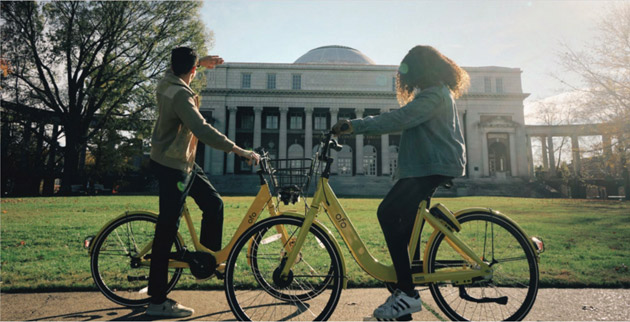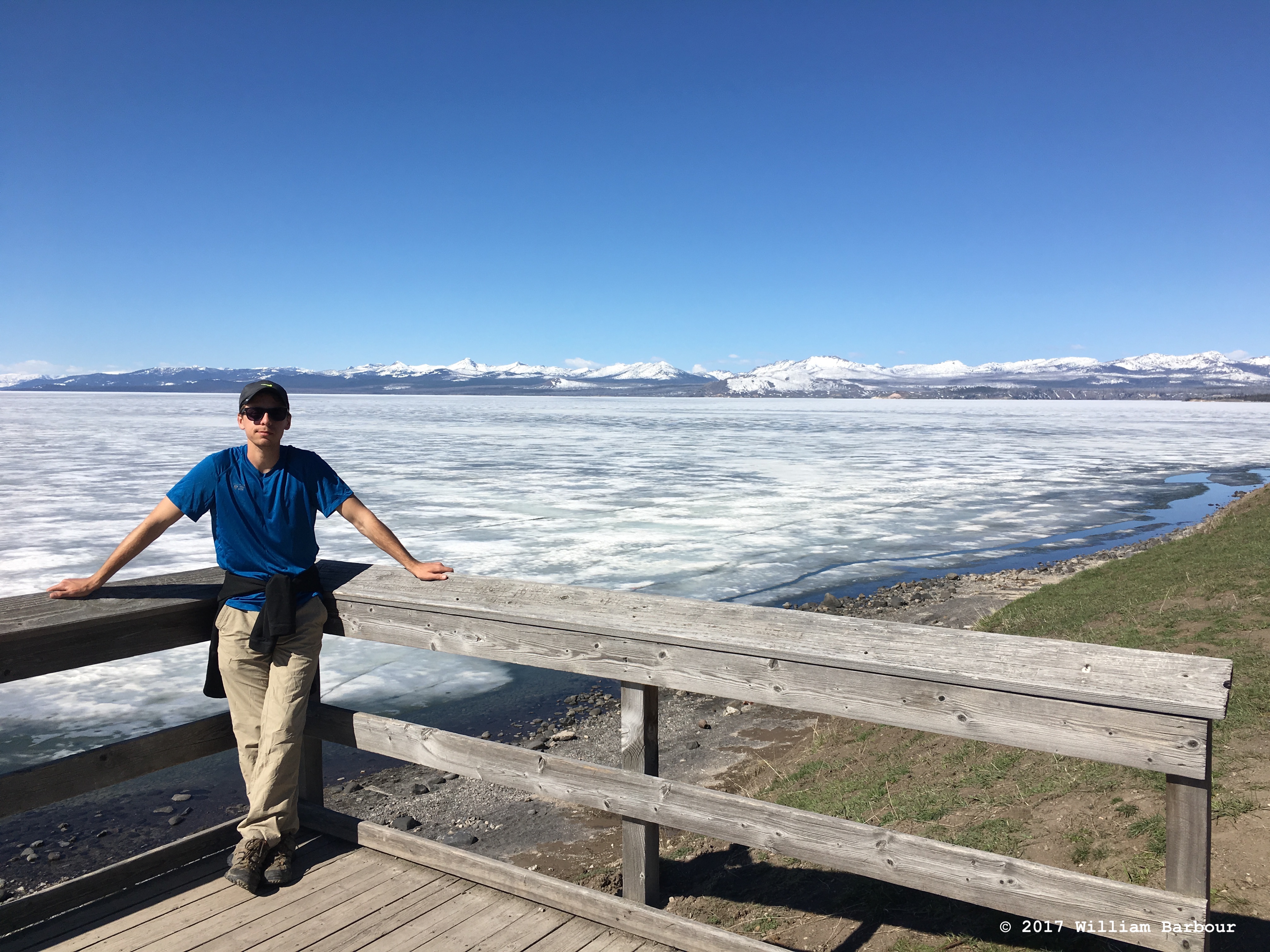The Array of Things is a reserach instrument utilizing distributed sensors across an urban-scale area for multidisciplinary research. I, along with Derek and Prof. Work from the lab, attended the Array of Things User Workshop to assess the current state of the instrument, learn about its applications and functionality, and report the findings to NSF.
Data Analytics for ofo Bike Share
Vanderbilt University began a dockless bike share pilot program with ofo in March, 2018. The pilot garnered unprecedented interest amongst students, staff, and faculty in its first month, with over 60,000 rides. Campus administration sought to gain insight from bike data to study how people move throughout campus and to inform decisions on infrastructure.
My preliminary analytics on the first month’s trips revealed that the majority of trips were short rides across campus, but a significant number traveled off campus to specific surrounding neighborhoods and downtown Nashville. Also highlighted were several high-volume biking corridors through campus that provoke furture study to ensure mobility and safety.
Comprehensive results were presented to campus administration and leadership, and analytics on new data is ongoing.

Selected as 2018 Eno Center for Transportation Fellow
In March of 2018, I was selected by the Eno Center for Transportation for participation in the Future Leaders Development Conference. The conference focuses on the development process of national transportation policy and will take place in May 2018. It is a great opportunity to continue my education on transportation policy. I am incredibly excited to learn from the experts and leaders speaking at the conference, as well as the other selected students.
Virtual Reality Research Demonstration at the Washington D.C. Auto Show
In January 2018, the resarch group was invited by the National Science Foundation to present a demonstration of our research at the Washington D.C. Auto Show. The demo consisted of a virtual reality headset reliving the ‘‘ring road experiments’’ that showed how an autonomous vehicle operating in mixed human/autonomous traffic can dampen traffic waves and lead to smoother and lower-emissions traffic.
#NSFfunded researchers @VUEngineering @vanderbiltU demo VR technology showing the impact of autonomous vehicles on traffic flow at @MobilityTalks #WAS18 pic.twitter.com/e0DH08Q9xe
— National Science Fdn (@NSF) January 24, 2018
The hardware required to run high-end virtual reality is quite powerful, which posed an issue when transporting everything needed for the demo. My personal desktop computer, equipped with a NVidia GTX 1070, had to be taken on the plane. When running the VR demo for 10 hours, I had to consider thermals of the computer and whether a more compact hardware setup, such as a laptop, could have lasted all day. Additionally, the conference center has notably slow wireless internet, so we had to figure out a way to run the VR video locally1 and ended up using DeoVR. The player was fairly good (most notably lacking a repeat function) but video codec support required some experimentation to achieve stable playback.
Here is a video similar to what was presented (credit: Fangyu Wu):
Another video showing a more comprehensive visualization:
-
Many players support playback of videos on YouTube. ↩
William Barbour and Raphael Stern named 2018 Dwight David Eisenhower Transportation Fellows
In January of 2018, I was honored to be awarded the Dwight David Eisenhower Transportation Fellowship from the Federal Highway Administration. My friend and colleague, Raphael Stern, was also awarded the Fellowship. The awards were presented at the Transportation Research Board Annual Meeting 2018.

